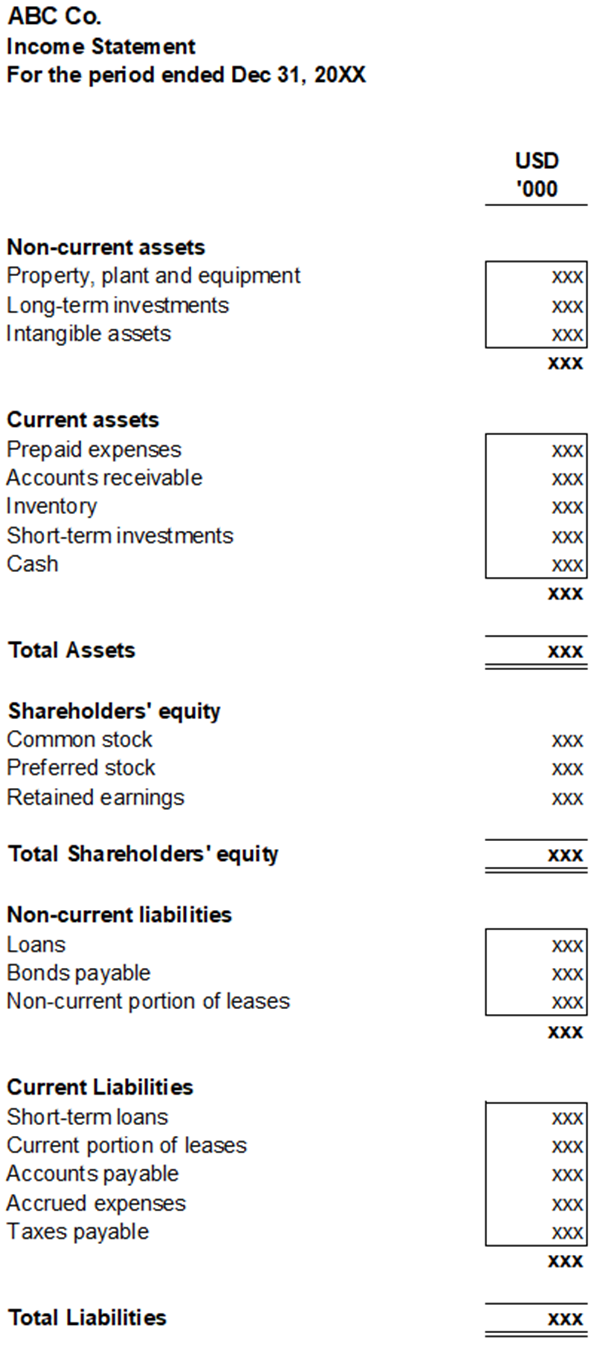Follow us on LinkedIn
Financial statements provide crucial information regarding a company’s activities. The balance sheet encompasses all aspects of a company’s finances.
What is the Balance Sheet?
The balance sheet, or the statement of financial position, is a foundational document in accounting and financial reporting. Its primary function is to provide a detailed snapshot of a company’s financial health at a specific moment, typically at the close of a fiscal period. For companies, the balance sheet informs internal decision-making, aids in budgeting and financial planning, and assists in strategic asset allocation and equity financing.
Moreover, the balance sheet is integral for stakeholders, including investors and creditors, who rely on it to evaluate a company’s financial strength and capacity to meet short-term and long-term obligations. Additionally, trend analysis of balance sheets from different periods helps identify growth patterns and assess the effectiveness of debt management. The balance sheet offers a comprehensive view of a company’s financial position.
How does the Balance Sheet work?
Comprising three main sections—assets, liabilities, and shareholders’ equity—the balance sheet reveals how a company’s resources are financed and allocated. Assets encompass what the company owns, including cash, inventory, and property, while liabilities represent obligations owed to others, such as loans and accounts payable. Shareholders’ equity, the residual interest, reflects the owners’ stake in the company’s assets after deducting liabilities.
The balance sheet follows the accounting equation. This equation states that a company’s total assets must equal its shareholders’ equity and total liabilities. Its formula is given below.
Total Assets = Shareholders’ Equity + Total Liabilities
While the balance sheet follows this equation, it expands on it. Under each heading, it includes further line items and categorization. For example, the balance sheet categorizes total assets and liabilities into current and non-current portions. This statement presents the information at a specific point. This feature is unlike other reports, which cover a period only.
What is the format for the Balance Sheet?
The format for the balance sheet comes from accounting standards. It follows the same accounting equation as stated above. An example of the balance sheet format is as below.

The above format for the balance sheet follows a standard presentation. Companies may also rearrange this statement by showing shareholders’ equity and total liabilities at the top. On top of that, it also includes another column for comparative figures for the same time for the previous comparable period.
What is the importance of the Balance Sheet?
The balance sheet is a fundamental financial document with critical significance for businesses and stakeholders. This statement offers a concise but comprehensive snapshot of a company’s financial position at a specific time, typically the end of a reporting period. It is divided into three core sections: assets, liabilities, and shareholders’ equity.
This financial statement is invaluable for a range of stakeholders. Investors and creditors rely on it to gauge a company’s financial strength and creditworthiness, aiding in investment and lending decisions. The balance sheet allows for trend analysis by comparing data from different periods, enabling insights into growth patterns and debt management effectiveness. Furthermore, businesses use it for internal decision-making, financial planning, and strategic resource allocation.
Conclusion
The balance sheet is the primary financial statement that shows a company’s financial position. It includes three sections, assets, shareholders’ equity, and liabilities. Primarily, the balance sheet follows the principle of the accounting equation. This statement is crucial in providing financial information to stakeholders that they can use for various purposes.
Further questions
What's your question? Ask it in the discussion forum
Have an answer to the questions below? Post it here or in the forum





Prime Minister Keir Starmer’s promise to “get Britain building again” will quickly face a shortage of skilled workers in the very industries he’s hoping will power the turnaround.